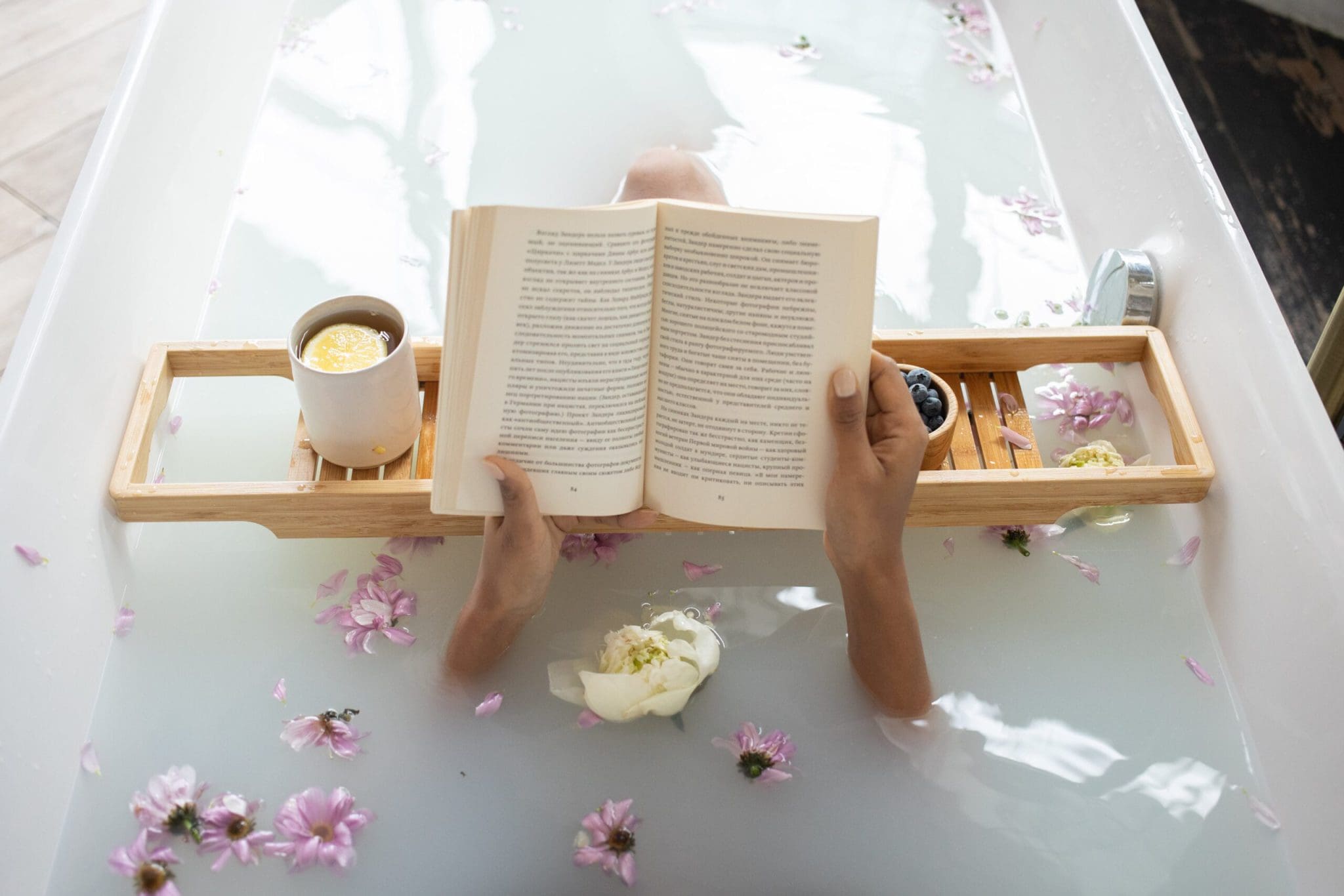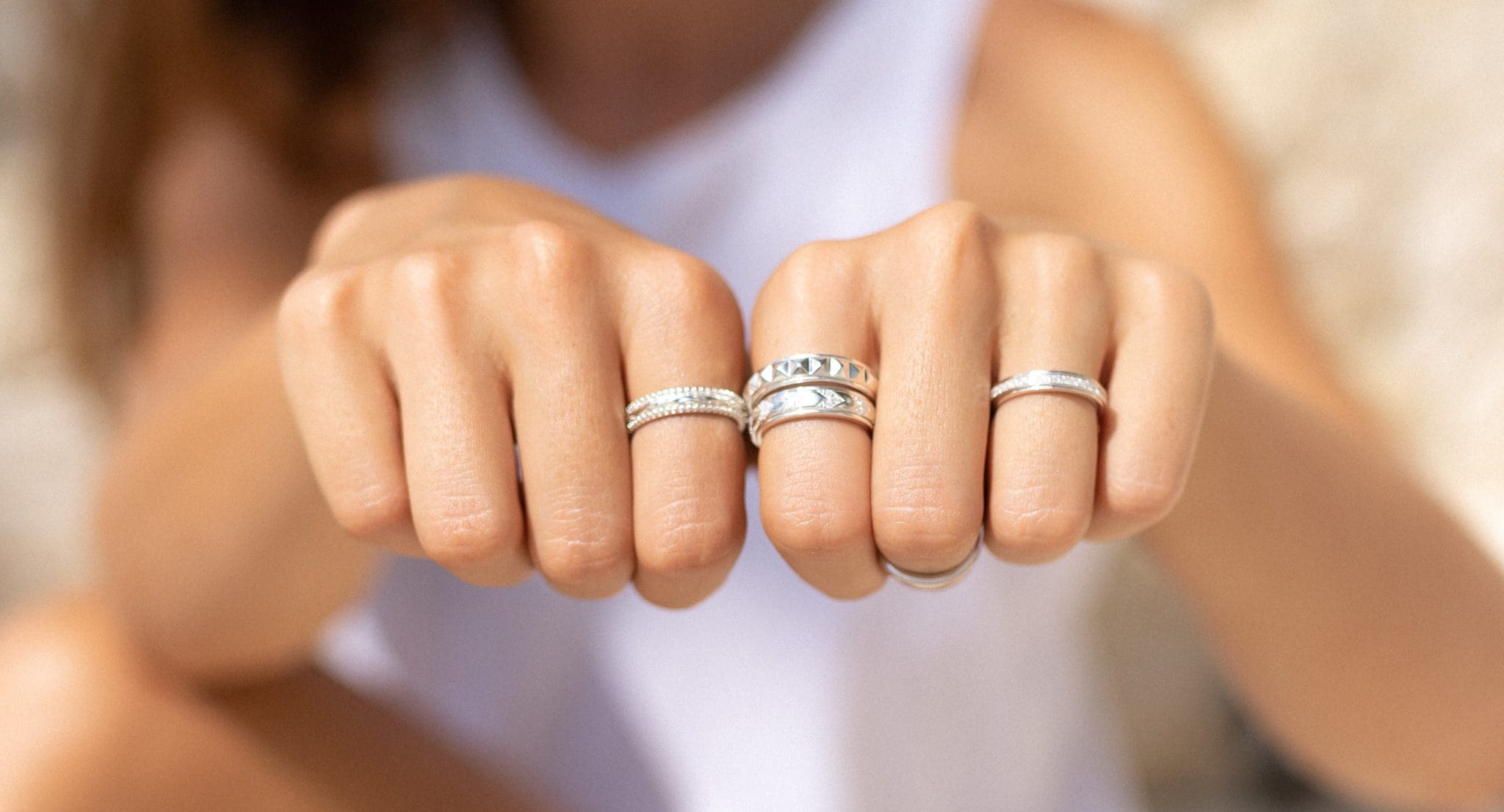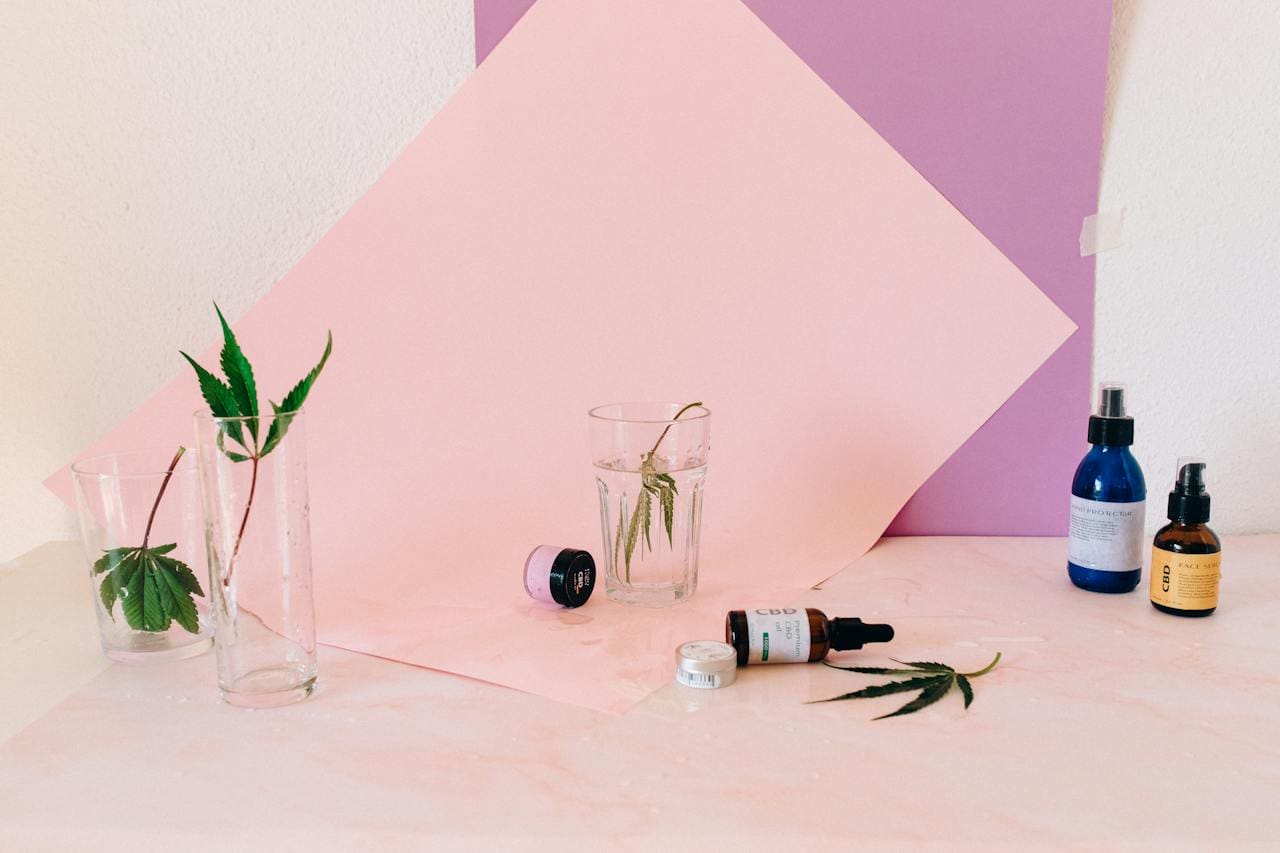Full Disclosure: Clicking on these links could mean a tiny commission for me, at no extra cost to you.
You may be considering therapy for the first time or are curious about how you can most benefit from your current treatment plan. After all, you want to ensure you get the best help possible. Here are five things that affect how often you should go to therapy or see your mental health professional.
How Often Should You Go to Therapy?

Generally, the suggested frequency is once a week or once every two weeks. If you leave a longer time in between, making progress may take a while. When you’re just starting out, it’s better to go weekly to get to know the therapist, become comfortable and lay the foundation for your sessions. As time passes, you and your therapist can make adjustments.
Therapy for mental health is an individual process. How often you’ll see them, what you’ll talk about or how the sessions will be structured is a collaborative effort. While there are suggested guidelines as far as scheduling, what’s most important is how you feel, your progress, and making therapy a process where you feel safe and most supported.
Check in with yourself regularly to assess if you’re getting the help you need.
What Should You Consider About Therapy Frequency?
Although the suggested frequency for attending therapy is once a week or biweekly, you or your therapist may feel you need more sessions. Here are some of the things that can affect how often you go.
1. Type of Therapy
Whether you have already started going to therapy or are looking for somewhere to go, here’s what you can expect from the different types of therapy:
- Psychodynamic therapy: The main focus will be going through your personal history to uncover unconscious motivations and subconscious issues to fuel your personal growth in life and relationships. This can last for months to years, usually one session a week.
- Cognitive behavioral therapy: This therapy is short term and structured and involves giving you tools to work through your thoughts and behaviors and break free from unhealthy patterns. Once a week works well, but you’ll also get homework assignments and collaborate with your therapist over time.
- Cognitive processing therapy (CPT): CPT helps with examining beliefs based in trauma to reveal how they distort your point of view in unhelpful ways. You will see your therapist once a week and have homework assignments between each session.
- Prolonged exposure therapy (PE): You may go to PE to help you cope with anxiety, phobias and OCD. The sessions are usually once a week for a few months, with homework in between.
- Dialectical behavior therapy (DBT): DBT focuses on developing coping skills for highly distressing situations for mental health conditions or symptoms of borderline personality disorder, anxiety, PTSD and other overwhelming mood or trauma-related mental health challenges. You should see your therapist at least once weekly and have check-ins over the phone or through texts.
- Group therapy: With group therapy, you’ll spend time with a community of people and share stories on similar challenges you’re facing. Depending on the group, you may go once weekly, biweekly or monthly. It may also be a one-time session or a regular meeting. You can even try group therapy online at Grouport.
2. The Complexity of Your Concerns
Your reasons for going for therapy play a significant role in how often you’ll need to see your therapist. If it’s talk therapy or homework you’ll be doing over a long period, once weekly may be enough.
However, if you are going through a crisis and need someone to talk to frequently, your therapist may suggest two or three sessions a week or communication via text or call. They’ll want to see you at least twice weekly to see if you’re OK or need more support.
When you have completed the therapy course or started seeing the benefits over time, you may go into the maintenance stage. This comes after you have been given the resources, tools and treatment you need to manage your mental health challenges. Your therapist may then spread appointments to once a month or after every few weeks to check on progress.
3. Your Finances
Your insurance or personal finances are also a determining factor in how often you attend therapy. Generally, insurers only cover one session a week. If you go more often, you may need to pay for the sessions out of pocket or make arrangements with your therapist for an alternate schedule.
Maybe you don’t have insurance but still need therapy. Talk with your potential therapist and see how you can work it out. You may be able to go biweekly. Ask if they have a sliding scale fee, which is based on income or capacity to pay. Your company or college may also offer low-cost or free therapy services.
4. Your Support Outside of Therapy Sessions
You will get tools and resources in therapy. Sometimes, you’ll get homework assignments to complete before your next session. Your therapist may suggest holistic treatments or lifestyle changes that improve your well-being, like outdoor activities, new skills or healthy eating.
You could also try ecotherapy, which incorporates nature into therapeutic activities, or complementary therapy like mindfulness meditation and massage. These options may help you cope or improve symptoms if you can’t attend weekly sessions.
5. Online Therapy vs. In-Person
If you decide to seek online mental health services, you may have check-ins with your therapist twice a day during the week. This is equivalent to one regular session in person. Online therapy may also give you more flexibility when communicating with your therapist.
Depending on your therapy, you may also use an app for daily check-ins or appointments based on your situation. For example, Unstuck is a CBT app that gives you space to journal your thoughts and feelings. It then asks you to reflect on those emotions to see how you can reframe situations or cope healthily. Apps like Moodee give three suggestions based on your mood and the cause of emotions or stress.
Make Time for Therapy
The suggested frequency for therapy is once a week, but it all depends on your needs. Remember to check in with yourself occasionally to see if the treatment is helping. Depending on the process, you may need more or less time with your therapist. Work together to come up with a schedule that’s best for you.
Full Disclosure: Clicking on these links could mean a tiny commission for me, at no extra cost to you.











































